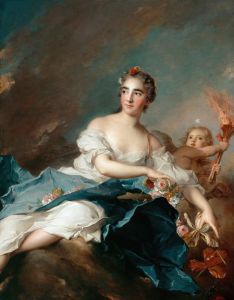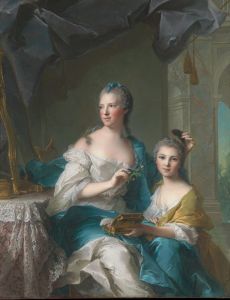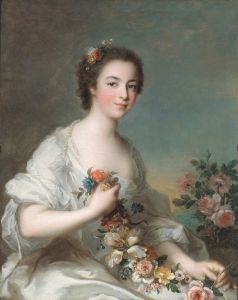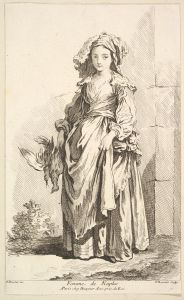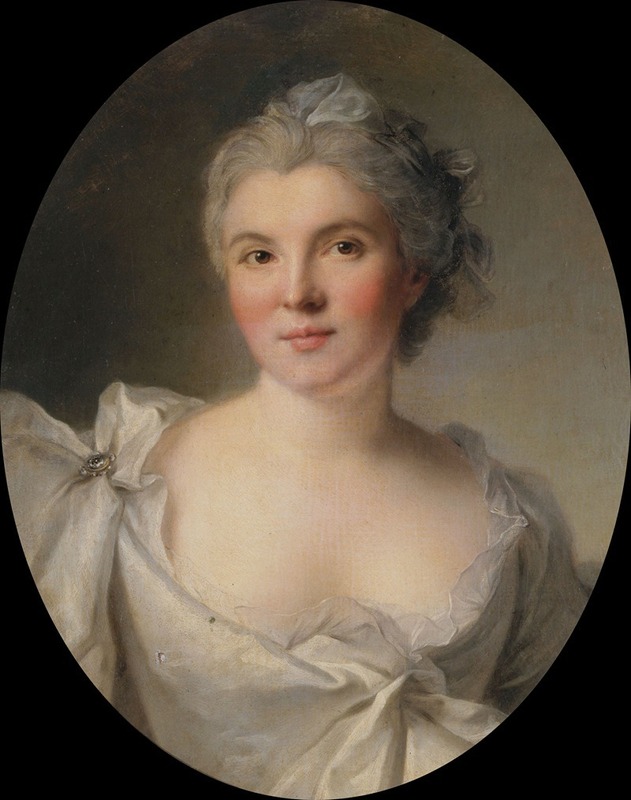
Portrait de femme
A hand-painted replica of Jean-Marc Nattier’s masterpiece Portrait de femme, meticulously crafted by professional artists to capture the true essence of the original. Each piece is created with museum-quality canvas and rare mineral pigments, carefully painted by experienced artists with delicate brushstrokes and rich, layered colors to perfectly recreate the texture of the original artwork. Unlike machine-printed reproductions, this hand-painted version brings the painting to life, infused with the artist’s emotions and skill in every stroke. Whether for personal collection or home decoration, it instantly elevates the artistic atmosphere of any space.
Jean-Marc Nattier (1685–1766) was a renowned French Rococo painter known for his portraits of the French aristocracy. One of his notable works is "Portrait de femme," which exemplifies his skill in capturing the elegance and grace of his subjects. Nattier was born into a family of artists; his father, Marc Nattier, was a portrait painter, and his mother, Marie Courtois, was a miniaturist. This artistic environment greatly influenced his development as a painter.
Nattier initially gained recognition for his historical paintings, but he eventually found his niche in portraiture, where he could combine his talent for capturing likenesses with his flair for decorative detail. His portraits often featured sitters in mythological or allegorical guises, a popular trend among the French elite of the time.
"Portrait de femme" is a testament to Nattier's ability to blend realism with idealization. The painting depicts an unidentified woman, showcasing Nattier's characteristic style of soft, delicate brushwork and his use of light to create a sense of depth and texture. The subject is adorned in luxurious clothing, with intricate details that highlight the opulence of the period. Her pose is both graceful and composed, reflecting the refined manners of the aristocracy.
Nattier's portraits were highly sought after by the French nobility, and he enjoyed considerable success during his career. He was particularly favored by the ladies of the court, including members of the royal family. His ability to flatter his subjects while maintaining a sense of realism made his works highly desirable.
Throughout his career, Nattier received numerous commissions from prominent figures, and his works were exhibited at the Salon, the official art exhibition of the Académie des Beaux-Arts in Paris. Despite his success, Nattier faced financial difficulties later in life, partly due to the political and social upheavals of the time.
"Portrait de femme" remains an important example of Nattier's work, reflecting the artistic trends and social dynamics of 18th-century France. The painting is housed in various collections, including museums and private collections, where it continues to be appreciated for its artistic merit and historical significance.
Nattier's legacy as a portraitist endures, with his works providing valuable insights into the fashion, culture, and personalities of the French aristocracy during the Rococo period. His ability to capture the essence of his subjects while incorporating elements of fantasy and elegance has cemented his place in the history of art.





